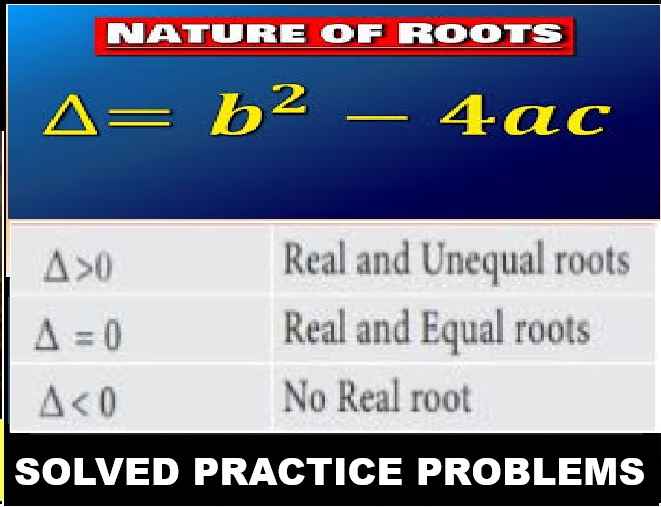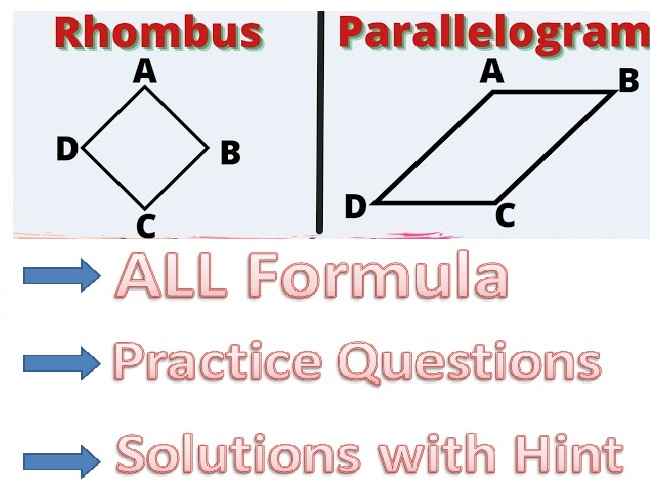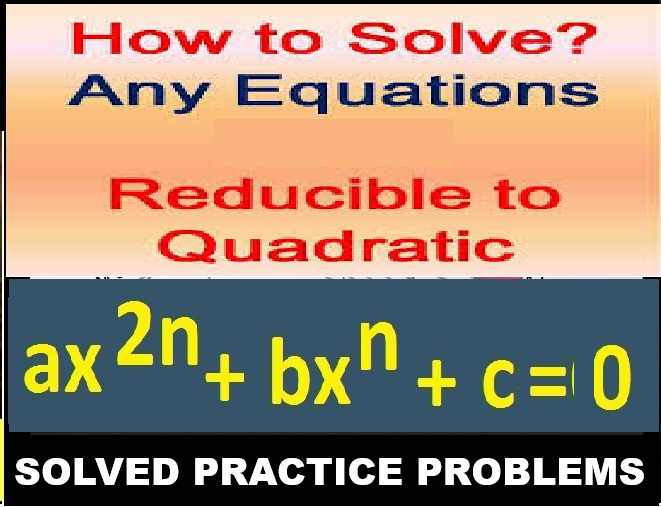Circulatory System ICSE Progress Check Class-10 Concise Selina Biology Chapter 8 . We Provide Step by Step Answer of Progress Check 1, 2, 3, 4, 5, 6, 7, 8 of Exercise-8 Circulatory System ICSE Class-10 . Visit official Website CISCE for detail information about ICSE Board Class-10.
| Board | ICSE |
| Publications | Selina Publishers PVT LTD |
| Subject | Concise Biology |
| Class | 10th |
| writer | HS Vishnoi |
| Chapter-8 | Circulatory System |
| Topics | Solutions of Progress Check 1, 2, 3, 4, 5, 6, 7, 8 and MCQs, Very Short , Descriptive and Structural/Skill Questions |
| Edition | 2021-2022 |
Circulatory System ICSE Progress Check Class-10 Concise Selina Biology
-: Select Topic :-
Progress Check 1
Progress Check 2
Progress Check 3
Progress Check 4
Progress Check 5
Progress Check 6
Progress Check 7
Progress Check 8
MCQs, Very Short , Descriptive and Structural/Skill Questions
Progress Check-1
Circulatory System ICSE Progress Check Class-10 Concise Selina Biology
Page 92
Question 1
Name the two fluids that circulate in the body.
Answer :
Question 2
In a coloured diagram, why do we generally show the pulmonary artery in blue and pulmonary vein in red colour ?
Answer :
Conventionally, in a coloured diagram we show the pulmonary artery in blue because it carries the deoxygenated blood from the heart to the lungs, whereas, pulmonary vein is shown by red colour because it carries oxygenated blood from the lungs to the heart for circulation.
Question 3
Name any four substance transported by blood.
Answer :
(a) Digested food from the alimentary canal to the tissues.
(b) Oxygen from lungs to tissues.
(c) Carbon dioxide from tissues to lungs.
(d) Hormones secreted by endocrine glands to required organs.
Progress Check-2
Circulatory System ICSE Progress Check Class-10 Concise Selina Biology
Page 96
Question 1
Name the following :
(i) The yellow coloured fluid part of the blood.
(ii) The respiratory pigment contained in RBCS.
(iii) Any two organelles absent in mature RBCS
(iv) The process of WBCs squeezing out through the walls of the blood capillaries.
Answer :
(i) Plasma is a clear, yellowish colour fluid.
(ii) Haemoglobin is a respiratory pigment in human beings contained in RBC.
(iii) RBCs /(Red blood cells) need to remove cell structures like their nucleus, mitochondria, ribosomes upon maturity in order to carry oxygen very efficiently to the cells, utilising space vacant by these cell structures.
(iv) The process of WBCs squeezing out through the walls of the blood capillaries: Diapedesis
Question 2
Mention the following :
(i) Average life span of RBCs.
(ii) Range of RBCS per mm in a normal adult human female.
(iii) The two major categories of WBCs.
(iv) Blood cells involved in leukaemia.
Answer :
(i) Average lifespan of an RBC is 100-120 days.
(ii) Range if RBCs per mm3 in a normal adult human female is about 4.5 million.
(iii) The two major categories of WBCs are granular and non granular.
(iv) White blood cells.
Progress Check-3
Circulatory System ICSE Progress Check Class-10 Concise Selina Biology
Page 98
Question 1
State which of the following statements are True.
(i) Process of coagulation starts with the release of a substance from RBCs.
(ii) Blood fails to clot readily in the case of deficiency of calcium.
(iii) The solid fibrin and thrombin are one and the same thing.
(iv) The clear liquid that o0zes out after the formation of a clot is serum.
Answer :
(i) False.
Statements : Process of coagulation starts with the release of a substance from platelets known as thrombokinase or thromboplastin.
(ii) True.
Statements : Blood fails to clot readily in the case of deficiency of calcium because without calcium thrombokinase will not be able to convert inactive prothrombin to active thrombin which is the major component for the production of the clot.
(iii) False.
Statements : The solid fibrin and thrombin is not the same thing. Thrombin in presence of calcium ions converts soluble fibrinogen into solid insoluble threads like structures of fibrin in the plasma.
(iv) True.
Statements : During clot formation, the blood cells get trapped in the network of fibrin which shrinks and squeezes out the rest of the plasma in form of a clear liquid called serum.
Question 2
Name the following :
(i) The category of vitamin required for clotting of blood.
(ii) Any two diseases related with blood clotting.
(iii) The antibodies present in the plasma of O type blood group.
(iv) The animal for which Rh stands in the context of blood group.
Answer :
(i) The category of vitamin required for clotting of blood: Vitamin K
(ii) Any two diseases related with blood clotting: Blood blister and viral dengue fever (haemorrhage)
(iii) The antibodies present in the plasma of O type blood group: A and B
(iv) The animal for which Rh stands in the context of blood group: Rhesus (common monkey).
Progress Check-4
Circulatory System ICSE Progress Check Class-10 Concise Selina Biology
Page 101
Question 1
Fill in blanks :
(i) Ventricles have …………. walls when compared with those of auricles.
(ii) Ventricles give rise to two large blood vessels called …………… and …………….
Answer :
(i) Ventricles have thick walls when compared with those of auricles.
(ii) Ventricles give rise to two large blood vessels called pulmonary artery and aorta.
Question 2
Where are the following located ?
(i) Tricuspid
(ii) Mitral valve
(iii) Pulmonary semilunar valves
Answer :
(i) Tricuspid valve is located at the aperture between the right auricle and the right ventricle.
(ii) Mitral valve also known as the bicuspid or the left artrio – ventricular valve is located in between the left auricle and the left ventricle.
(iii) Pulmonary semilunar valves are located at the opening of the right ventricle into the pulmonary artery.
Question 3
Can you answer why the pulmonary artery shown in Fig. 8.6 is blue in colour ?
Answer :
Progress Check-5
Circulatory System ICSE Progress Check Class-10 Concise Selina Biology
Page 103
Question 1
Name the following :
(i) Contraction phase of heart.
(ii) The structure that holds the heart valves in position.
Answer :
(i) The contraction phase of the heart is known as systole. During systole, the atria contracts first followed by the ventricles.
(ii) The structure that holds the heart valves in position is known as the chordae tendinea.
Question 2
Mention the phase of heart beat in which both the atrio-ventricular valves are closed.
Answer :
In the Ventricular Systole both the Atrio Ventricular valves are closed.
Progress Check-6
Circulatory System ICSE Progress Check Class-10 Concise Selina Biology
Page 104
Question 1
Fill in the blanks
(i) The ……….. of
(ii) ……. carry ………….
(iii) Walls of …………….. cells.
(iv) The substance to and ………….
Answer :
(i) The veins have thin and less muscular walls and have thin pocket – shaped valves to prevent backflow of blood.
(ii) Artery carries blood to an organ and break up into arteriole ending in capillaries.
(iii) Walls of capillaries consist of a single layer of squamous epithelial cells.
(iv) The substances to and from the tissues diffuse through the walls of capillaries.
Progress Check-7
Circulatory System ICSE Progress Check Class-10 Concise Selina Biology
Page 106
Question 1
Name the two major circulation of blood in the human body.
Answer :
Pulmonary Circulation and Systemic Circulation.
Question 2
From where to where do the following blood vessels carry blood ?
(i) Pulmonary artery
(ii) Renal artery
(iii) Posterior vena cava
(iv) Hepatic vein
(v) Hepatic portal vein.
Answer :
(i) Pulmonary artery transports deoxygenated blood from the right ventricle of the heart to the lungs.
(ii) Renal artery transports oxygenated blood from the aorta to the kidneys.
(iii) Posterior vena cava transports deoxygenated blood from the lower parts of the body to the right atrium of the heart.
(iv) Hepatic vein transports deoxygenated blood from the liver to the posterior vena cava.
(v) Hepatic portal vein transports deoxygenated blood from the stomach and intestine into the liver from where it is transported by the hepatic vein to the posterior vena cava.
Question 3
Define portal vein.
Answer :
A vein that collects blood from one part of the body and distributes it in another through capillaries.
Progress Check-8
Circulatory System ICSE Progress Check Class-10 Concise Selina Biology
Page 108
Question 1
What is pulse ?
Answer :
The regular expansion of an artery caused by the ejection of blood into the arterial system by the contractions of the heart.
Question 2
what are the normal values of blood pressure in a normal human adult ?
Answer :
Normal blood pressure for adults is defined as a systolic pressure of less than 120 and a diastolic pressure of less than 80. This is stated as 120/80.
Question 3
Which kind of cell mostly found in lymph ?
Answer :
The white blood cells (WBC’s) are found in the lymph.
Question 4
List the three function of lymph.
Answer :
The lymphatic system has three major functions, which are :
(a) Tissue drainage
(b) Fat transport
(c) Immune responses.
Question 5
Name the two main lymphatic organs in humans.
Answer :
There are two primary lymphatic organs :
The red bone marrow and the thymus gland.
Question 6
Name the following :
(i) The smallest W.B.C.
(ii) Part of lymphatic system concerned with absorption of fats from the intestine.
(iii) A special lymphatic node on the sides of the neck.
Answer :
(i) Lymphocytes are the smallest white blood cells which are only slightly larger than the erythrocytes.
(ii) A lacteal is a lymphatic capillary that absorbs dietary fats in the villi of the small intestine.
(iii) Cervical lymph nodes.
Return to Concise Selina ICSE Biology Class-10
Thanks


